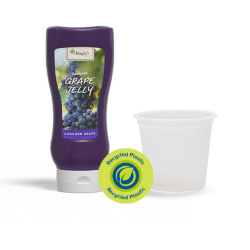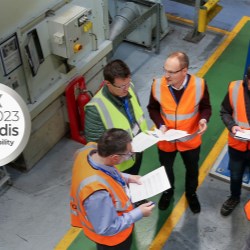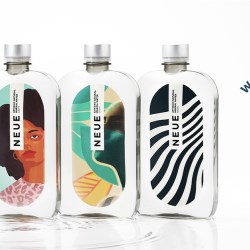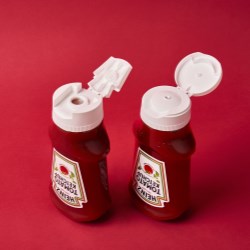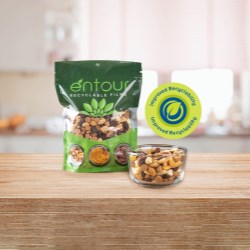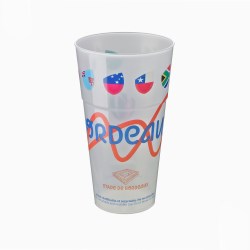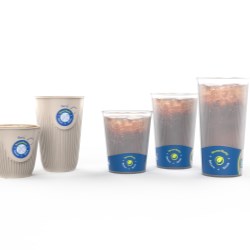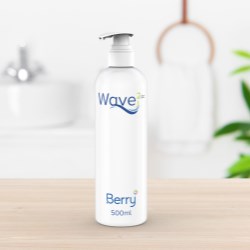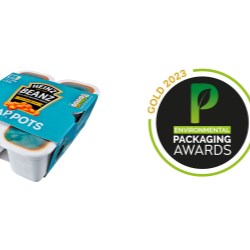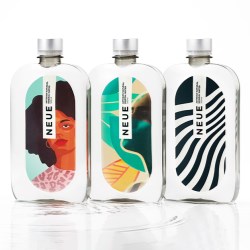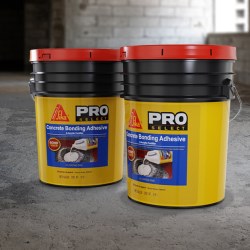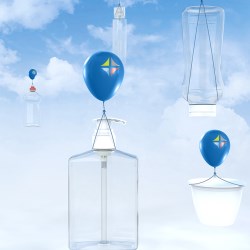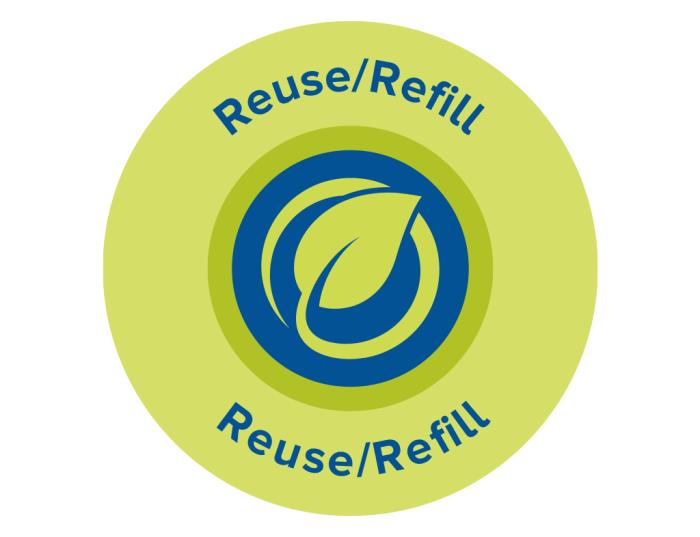

While the positive environmental, economic, and consumer benefits of reusable products are driving more foodservice brands to consider transitioning to reusable cup programs, achieving a truly circular reuse model requires education and a clear roadmap to success.
This white paper will help provide an overview of key criteria for developing an effective reusable cup program.
Reusable Cup Programs Can Offer a Variety of Advantages
Effective reusable cup programs can offer a variety of environmental advantages to help customers in the foodservice industry achieve their sustainability goals, including:
- Targeting reduction of solid waste
- Reducing overall carbon emissions
- Delivering a circular solution
According to the Ellen MacArthur Foundation, reusable packaging programs can offer a wide range of economic and consumer benefits, such as reduced transportation and packaging costs, economies of scale for logistics and distribution, stronger brand loyalty and user experiences, the ability to tailor products to individual needs, and more.
Reuse Has Multiple Meanings
Before pursuing a reusable cup program, it is important to have a clear understanding of what reuse truly means to avoid unintentional greenwashing. Reusable packaging has been defined by various sources, from academic publications and governments to international standards organizations. For example, EU’s Packaging & Packaging Waste Directive defines reuse according to the International Organization for Standardization’s ISO Standard 18603:2013, while all U.S. states with Extended Producer Responsibility (EPR) laws have their own unique definitions for reuse/refill.
A widely used definition from the Sustainable Packaging Coalition, characterizes reusable packaging as:
- Allowing either the business or the consumer to put the same type of purchased product back into the original packaging
- Designed to be returnable and/or refillable
- Accomplishing a minimum number of reuses by being part of a system that enables reuse
Achieving a Truly Circular Reuse Model Requires a Clear Roadmap
One of the many ways Berry Global is helping to drive positive change in the foodservice industry is by partnering across the global value chain to develop innovative product designs for refill and reuse. Following even key reuse principles, we develop reusable cups for our customers, including a comprehensive roadmap to ensure a positive environmental impact over the single-use cups they are designed to replace. Many of these principles could apply to other types of reusable packaging as well.
Berry’s Seven Principles for a Successful Reuse Program
1. Reusable products must be durable
Successful reusable packaging must have the ability to endure beyond the “break-even point,” or the number of times a reusable product needs to be used to exceed the environmental benefits of a comparable number of single-use products. Achieving this level of durability requires both a substrate material and decoration type that can endure the required number of wash cycles while still being economically feasible.
Identifying reuse criteria early in the design development phase ensures that our engineering teams can develop affordable, reusable stock or custom product designs and decoration options that are optimized for both environmental and contextual needs.
2. Reusable products must be functional and measurable
When a product is designed for reuse, there is no guarantee it will be reused by consumers. Effectively marketing and selling a product in a ‘reusable’ package requires that a means of tracking is attached to the package to allow for identification of the number of reuses. Generating hard data is critical for demonstrating the net-positive impact of reuse models over time.
Aligning on a standard set of industry metrics will help establish a replicable model and a baseline to measure future progress. A high return and reuse rate is one of the most important metrics for a successful reuse program. A study published by the Sustainable Packaging Coalition found that a return rate of 80-90% is needed to surpass the break-even point and help ensure a positive impact of the system. Other important program metrics for consideration include:
- Uses per cup (durability)
- Cup loss rates
- Operating costs and profitability
- To help track these metrics, Berry suggests placing a unique identifier or tracking mechanism on each cup, such as a barcode, QR code, or RFID chip, to ensure tracking at point-of-sale systems or other supplemental systems used by consumers or vendors.
3. Reuse models must provide an easy way for customers to reuse, return, or refill items
One of the largest obstacles for developing a system for reusable packaging can be determining how to get packaging from the hands of consumers back to where it came from. To help ensure customers can easily reuse, return, or refill packaging, designs must be compatible with product refill stations and take-back infrastructure programs.
The graphic at right highlights four reuse models that could be relevant in business-to-consumer applications.
4. Reuse models must be able to be sanitized and returned into circulation

The sanitization of reusable cups is crucial for meeting necessary hygiene standards and fostering a safe user experience that supports circularity. Our North American internal industrial designers at Blue Clover Studios and our international Superfos team develop reusable cups that help deliver positive user and brand experiences while considering nuanced performance and sanitation requirements. Some considerations at the intersection of food safety and design may include tolerance for high temperatures, providing means for water drainage, and minimizing crevices that could trap debris. These and other factors help ensure reusable cups are properly cleaned and returned to a location where they can be put back into circulation.
5. Reuse models must have a better life cycle analysis (LCA) than that of the single-use alternative
Reusable cups can require a greater number of resources and energy than single-use packaging, as they are often manufactured to be more durable and require additional sanitation steps between uses. Using an LCA tool can help customers estimate and quantify the environmental impact of various cup offerings to determine which product provides the highest net-positive environmental impact. This includes an assessment of energy demand, carbon emissions, water consumption, and waste generation, which ultimately helps identify the appropriate number of reuse cycles.
The graphic below from Life Cycle Initiative compares the relative impact of disposable paper cups versus a reusable cup that has been used according to established reuse criteria.

6. Reuse models must be compliant with relevant legislation stating a required number of uses (wash cycles)
Legislation is rapidly increasing and it’s critical to stay aware and compliant. We leverage our regulatory expertise and regional knowledge to educate our customers about relevant packaging legislation in order to ensure the highest level of environmental compliance for their products.
7. To close the loop, reuse models must be able to be recycled at end of life
Successful reusable cup programs require the necessary materials and infrastructure to support keeping cups in circulation for their full life cycle and to help ensure cups are recycled once they have reached their end of useful life.
Leveraging our expertise in the design of fully recyclable, single-use polypropylene (PP) drink cups, we are building on that knowledge to expand into reusable cup formats that are fully recyclable at their end of life.
Conclusion
There is no one-size-fits-all solution for implementing a reusable cup program. As part of our commitment to help customers meet the growing sustainability demands of today and tomorrow, we design and develop innovative, reusable products that accelerate the shift to a truly circular economy.
Learn more about how we are supporting the sustainability objectives of our foodservice customers through reusable cup programs. Contact us.










